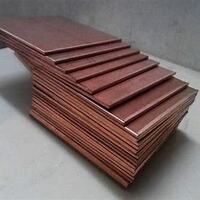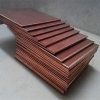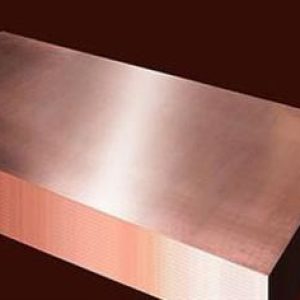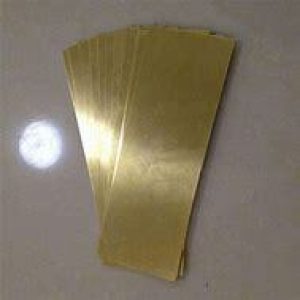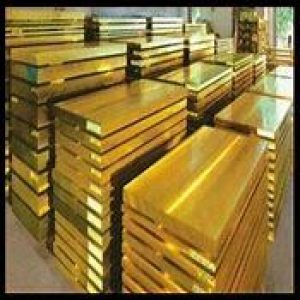Overview of Tin Coated Copper Sheet/Plate Busbar
A copper plate is a flat, thin sheet of pure copper or copper alloy, meticulously manufactured to precise dimensions and finishes for a broad spectrum of industrial, commercial, and artistic applications. These plates exhibit the inherent characteristics of copper, including high thermal and electrical conductivity, outstanding corrosion resistance, remarkable ductility, and an appealing aesthetic that evolves over time with a natural patina formation.
The production process typically involves rolling copper ingots or continuous casting strips to the desired thickness, followed by trimming and finishing operations to ensure a uniform surface and edge profile. Copper plates can be supplied in various grades, each tailored to specific end-use requirements. Common grades include tough pitch copper (electrical applications), phosphor bronze (wear-resistant applications), and brass (decorative and architectural use).
Features of Tin Coated Copper Sheet/Plate Busbar
-
High Conductivity: Copper is second only to silver in terms of electrical conductivity and thermal conductivity, making it ideal for electrical wiring, heat exchangers, and cooking utensils.
-
Corrosion Resistance: Copper forms a protective patina over time, which prevents further corrosion, allowing it to withstand harsh environments without significant degradation. This property is particularly useful in marine and industrial applications.
-
Malleability and Ductility: Copper can be easily shaped and formed into complex designs without fracturing, making it suitable for artistic and architectural applications like roofing, statues, and decorative elements.
-
Antimicrobial Properties: Copper naturally inhibits the growth of bacteria, viruses, and fungi, which makes it a preferred material for touch surfaces in healthcare facilities and food processing equipment.
-
Recyclability: Copper is highly recyclable with no loss of quality, contributing to sustainable practices and reducing the overall carbon footprint associated with its use.
-
Aesthetic Appeal: With its warm, reddish-brown hue, copper adds an attractive finish to architectural features and decorative items, often developing a greenish patina over time that is also aesthetically pleasing.
-
Variety of Grades and Thicknesses: Copper plates are available in different grades (such as pure copper, brass, or bronze) and a wide range of thicknesses to suit specific application requirements.
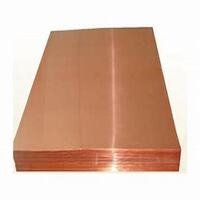
(Tin Coated Copper Sheet/Plate Busbar)
Parameters of Tin Coated Copper Sheet/Plate Busbar
1. Number of connections: The number of connections on the busbar should be specified to determine how many wires it will have for each connection point.
2. Resistance rating: The resistance rating on the busbar should be selected based on the application and intended usage. A higher resistance rating will result in better performance and reduce the risk of short circuiting or other electrical issues.
3. termination method: The termination method on the busbar should be specified, such as pull-up, pull-down, contact, or un stranded. Different terminations may have different requirements, so it’s important to choose the right one based on the application.
4. Reliability: The reliability of the busbar should also be specified. It’s important to ensure that it can withstand excessive temperatures, voltage changes, and power surges without failing, which is critical for ensuring that the equipment operates reliably.
5. Lead length: The lead length of the busbar should be specified based on the desired service distance between the application and equipment. This length should be chosen to ensure that the equipment is safe to use when placed under or during periods of heavy loads.
6. Maintainability: The maintenance requirements for the busbar should also be specified. This includes regular cleaning, checking for wear and tear, and worn parts as needed.
7. Applicability: The busbar should be applicable to the application it’s designed for. For example, it should be compatible with various types of cables, conductors, and components, as well as with different environments and voltages.

(Tin Coated Copper Sheet/Plate Busbar)
Company Profile
Copper Channel is a trusted global metal material supplier & manufacturer with over 12-year-experience in providing super high-quality copper products and relatives products.
The company has a professional technical department and Quality Supervision Department, a well-equipped laboratory, and equipped with advanced testing equipment and after-sales customer service center.
If you are looking for high-quality copper materials and relative products, please feel free to contact us or click on the needed products to send an inquiry.
Payment Methods
L/C, T/T, Western Union, Paypal, Credit Card etc.
Shipment
It could be shipped by sea, by air, or by reveal ASAP as soon as repayment receipt.
FAQs of Tin Coated Copper Sheet/Plate Busbar
-
What are the common uses of Tin Coated Copper Sheet/Plate Busbar?
- Tin Coated Copper Sheet/Plate Busbar is commonly used in electrical components, roofing, plumbing, artwork, cookware, industrial machinery, and as heat sinks in electronic devices.
-
Is Tin Coated Copper Sheet/Plate Busbar expensive compared to other metals?
- The cost of copper fluctuates with market conditions but generally, it is more expensive than some other common metals like steel due to its superior conductivity and durability. However, its long-term value and recyclability can offset initial costs.
-
Can Tin Coated Copper Sheet/Plate Busbar be soldered or welded?
- Yes, Tin Coated Copper Sheet/Plate Busbar can be both soldered and welded. They have excellent properties and are often joined using techniques like TIG welding, brazing, or soldering.
-
How does one clean and maintain Tin Coated Copper Sheet/Plate Busbar?
- For basic cleaning, a mild soap and water solution is usually sufficient. For removing tarnish or stains, a mixture of salt, vinegar, and flour or commercial copper cleaners can be used. Avoid abrasive materials that might scratch the surface.
-
Does Tin Coated Copper Sheet/Plate Busbar rust?
- Copper does not rust like iron; instead, it undergoes a process called patination, where it forms a greenish layer called patina. This patina actually protects the underlying copper from further corrosion.
-
Can Tin Coated Copper Sheet/Plate Busbar be used outdoors?
- Absolutely, copper is highly resistant to weathering and its natural patination process enhances its durability outdoors, making it suitable for roofing, gutters, and outdoor sculptures.
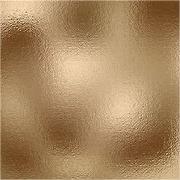
(Tin Coated Copper Sheet/Plate Busbar)
